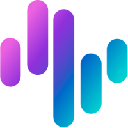-
 Bitcoin
Bitcoin $117900
-2.85% -
 Ethereum
Ethereum $4559
-2.84% -
 XRP
XRP $3.068
-5.67% -
 Tether USDt
Tether USDt $1.000
0.02% -
 BNB
BNB $836.7
-0.81% -
 Solana
Solana $193.2
-2.38% -
 USDC
USDC $0.9998
0.00% -
 TRON
TRON $0.3591
-0.32% -
 Dogecoin
Dogecoin $0.2238
-7.20% -
 Cardano
Cardano $0.9090
4.71% -
 Chainlink
Chainlink $22.55
-4.36% -
 Hyperliquid
Hyperliquid $44.78
-2.41% -
 Sui
Sui $3.771
-4.47% -
 Stellar
Stellar $0.4199
-6.18% -
 Bitcoin Cash
Bitcoin Cash $587.8
-5.02% -
 Ethena USDe
Ethena USDe $1.001
-0.01% -
 Hedera
Hedera $0.2493
-5.06% -
 Avalanche
Avalanche $23.66
-5.54% -
 Litecoin
Litecoin $121.0
-6.80% -
 Toncoin
Toncoin $3.383
-2.39% -
 UNUS SED LEO
UNUS SED LEO $9.287
0.47% -
 Shiba Inu
Shiba Inu $0.00001286
-6.48% -
 Uniswap
Uniswap $10.94
-9.06% -
 Polkadot
Polkadot $3.979
-5.53% -
 OKB
OKB $96.24
-3.88% -
 Dai
Dai $0.9997
0.00% -
 Bitget Token
Bitget Token $4.570
-4.16% -
 Cronos
Cronos $0.1510
-8.87% -
 Ethena
Ethena $0.7251
-6.96% -
 Aave
Aave $310.8
-4.73%
How to view fees on Kraken? Understand different tiers of fees
To view fees on Kraken, log in, go to "Support," click "Fees," and check trading, withdrawal, and deposit fees based on your 30-day volume tier.
May 10, 2025 at 11:43 pm
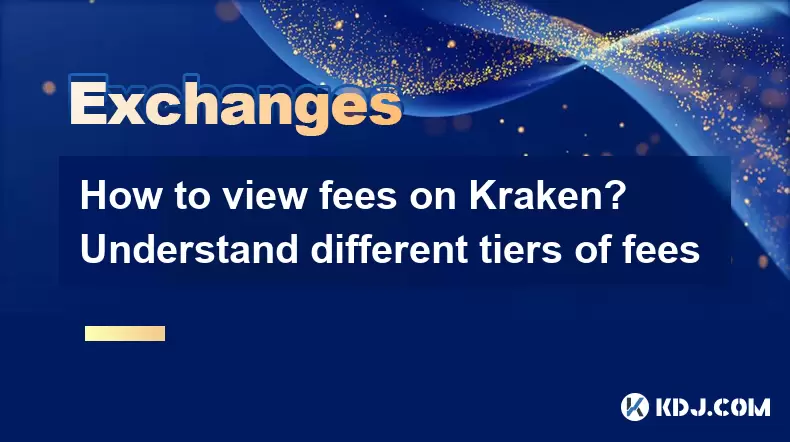
Understanding the fee structure on Kraken is essential for any user looking to trade cryptocurrencies effectively. Kraken, one of the leading cryptocurrency exchanges, offers a transparent fee schedule that varies depending on the type of transaction and the user's trading volume. In this article, we will guide you through the process of viewing fees on Kraken and explain the different tiers of fees that apply to various trading activities.
Accessing the Fee Schedule on Kraken
To begin, you need to know how to access the fee schedule on Kraken. This is straightforward and can be done in a few simple steps:
- Log into your Kraken account. If you don't have an account, you will need to create one.
- Navigate to the "Support" section at the top of the Kraken website.
- Click on "Fees". This will take you to the page where Kraken outlines its fee structure.
On this page, you will find a detailed breakdown of the fees associated with different types of transactions, including trading fees, withdrawal fees, and deposit fees.
Understanding Trading Fees on Kraken
Kraken's trading fees are structured based on a maker-taker model. This means that the fees you pay depend on whether you are adding liquidity to the market (maker) or taking liquidity away from the market (taker). Here's how it works:
- Maker orders are orders that are not immediately matched with an existing order on the order book. They add depth to the market and are typically rewarded with lower fees. The maker fee starts at 0.16% and can go as low as 0% depending on your trading volume.
- Taker orders are orders that are immediately matched with an existing order on the order book. They remove liquidity from the market and are usually charged higher fees. The taker fee starts at 0.26% and can decrease to 0.10% based on your trading volume.
Fee Tiers on Kraken
Kraken categorizes its users into different fee tiers based on their 30-day trading volume and their Kraken Pro account status. The higher your trading volume, the lower the fees you will pay. Here's a breakdown of the fee tiers:
- Tier 0: This is the default tier for new users. The maker fee is 0.16%, and the taker fee is 0.26%.
- Tier 1: Users who trade between $50,000 and $100,000 in a 30-day period fall into this tier. The maker fee drops to 0.14%, and the taker fee is reduced to 0.24%.
- Tier 2: For users with a 30-day trading volume between $100,000 and $250,000, the maker fee is 0.12%, and the taker fee is 0.22%.
- Tier 3: Users trading between $250,000 and $500,000 in a 30-day period are in this tier. The maker fee is 0.10%, and the taker fee is 0.20%.
- Tier 4: This tier is for users with a 30-day trading volume between $500,000 and $1,000,000. The maker fee is 0.08%, and the taker fee is 0.18%.
- Tier 5: Users who trade between $1,000,000 and $2,500,000 in a 30-day period fall into this tier. The maker fee is 0.06%, and the taker fee is 0.16%.
- Tier 6: For users with a 30-day trading volume between $2,500,000 and $5,000,000, the maker fee is 0.04%, and the taker fee is 0.14%.
- Tier 7: This tier is for users trading between $5,000,000 and $10,000,000 in a 30-day period. The maker fee is 0.02%, and the taker fee is 0.12%.
- Tier 8: Users who trade more than $10,000,000 in a 30-day period are in this tier. The maker fee is 0.00%, and the taker fee is 0.10%.
Viewing Your Current Fee Tier
To view your current fee tier on Kraken, follow these steps:
- Log into your Kraken account.
- Navigate to the "Account" section.
- Click on "Overview". Here, you will see your current fee tier based on your 30-day trading volume.
This information is crucial as it helps you understand the fees you are currently paying and what you need to do to move to a lower fee tier.
Understanding Withdrawal and Deposit Fees
In addition to trading fees, Kraken also charges fees for withdrawals and deposits. These fees vary depending on the cryptocurrency and the method of transaction. Here's how you can view these fees:
- Navigate to the "Support" section on the Kraken website.
- Click on "Fees".
- Scroll down to the "Withdrawal Fees" and "Deposit Fees" sections. Here, you will find a detailed list of the fees associated with different cryptocurrencies.
For example, the withdrawal fee for Bitcoin (BTC) is 0.0005 BTC, and the deposit fee for Ethereum (ETH) is free. These fees are subject to change, so it's important to check them regularly.
Strategies to Minimize Fees on Kraken
To minimize the fees you pay on Kraken, consider the following strategies:
- Increase Your Trading Volume: By increasing your trading volume, you can move to a higher fee tier, which will reduce your trading fees.
- Use Maker Orders: Since maker orders are charged lower fees, try to place orders that add liquidity to the market.
- Withdraw Strategically: Withdrawal fees can add up, so consider withdrawing larger amounts less frequently to minimize the impact of these fees.
- Monitor Fee Changes: Kraken periodically updates its fee structure, so keep an eye on these changes to ensure you are always using the most cost-effective methods.
Frequently Asked Questions
Q: Can I view my fee history on Kraken?
A: Yes, you can view your fee history on Kraken by navigating to the "Reports" section of your account. Here, you can generate a report that details all the fees you have paid over a specific period.
Q: Are there any additional fees for using Kraken's advanced trading features?
A: Kraken does not charge additional fees for using its advanced trading features. However, the standard trading fees apply based on your fee tier and the type of order you place.
Q: How often does Kraken update its fee structure?
A: Kraken typically updates its fee structure periodically, but there is no fixed schedule for these updates. It's recommended to check the "Fees" section on the Kraken website regularly to stay informed about any changes.
Q: Can I negotiate fees with Kraken?
A: Kraken does not offer fee negotiations for individual users. However, institutional clients may have the option to negotiate fees based on their trading volume and specific needs.
Disclaimer:info@kdj.com
The information provided is not trading advice. kdj.com does not assume any responsibility for any investments made based on the information provided in this article. Cryptocurrencies are highly volatile and it is highly recommended that you invest with caution after thorough research!
If you believe that the content used on this website infringes your copyright, please contact us immediately (info@kdj.com) and we will delete it promptly.
- Kazakhstan's Crypto Leap: Bitcoin ETF and Central Asia's Digital Finance Future
- 2025-08-13 12:45:19
- BlockDAG Presale Blazes Past $371M: Fundraising Frenzy Fuels Crypto Sensation
- 2025-08-13 13:05:21
- Meme Coins: Chasing the 2025 Surge – Which Will Moonshot?
- 2025-08-13 10:25:23
- Bitcoin's Wild Ride: Rally, Pullback, and What's Next
- 2025-08-13 10:25:23
- Bitcoin, Bitmax, and Institutional Demand: A New Era of Crypto Investment
- 2025-08-13 10:45:12
- Solana, ROAM, and Airdrops: What's the Buzz in 2025?
- 2025-08-13 11:35:13
Related knowledge

How to use margin trading on Poloniex
Aug 08,2025 at 09:50am
Understanding Margin Trading on Poloniex

How to read the order book on KuCoin
Aug 10,2025 at 03:21pm
Understanding the Order Book Interface on KuCoinWhen accessing the order book on KuCoin, users are presented with a real-time display of buy and sell ...
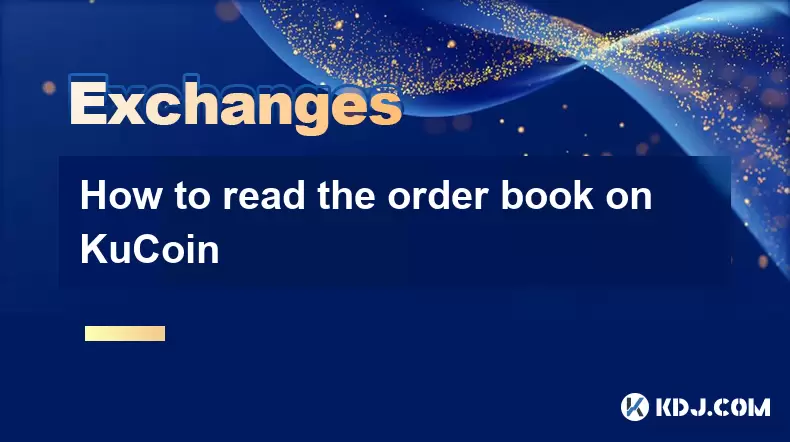
How to read the order book on KuCoin
Aug 12,2025 at 02:28am
Understanding the Basics of Staking in CryptocurrencyStaking is a fundamental concept in the world of blockchain and cryptocurrencies, particularly wi...
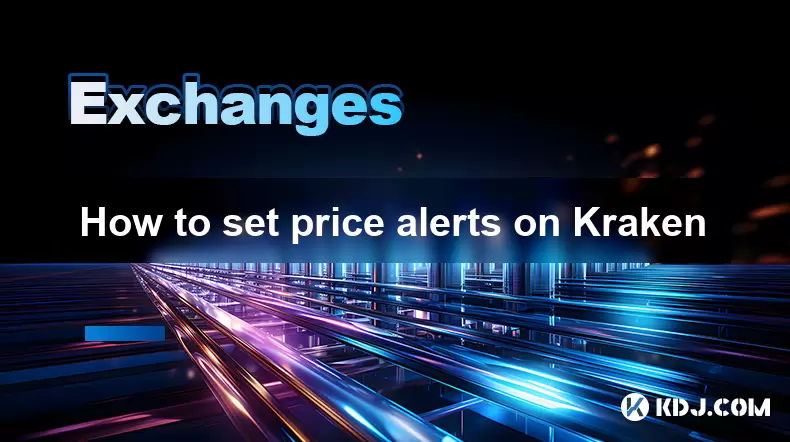
How to set price alerts on Kraken
Aug 11,2025 at 08:49pm
Understanding Price Alerts on KrakenPrice alerts on Kraken are tools that allow traders to monitor specific cryptocurrency pairs for price movements. ...

How to avoid high gas fees on Uniswap
Aug 13,2025 at 11:35am
Understanding Gas Fees on UniswapGas fees on Uniswap are payments made to Ethereum miners or validators for processing transactions on the blockchain....
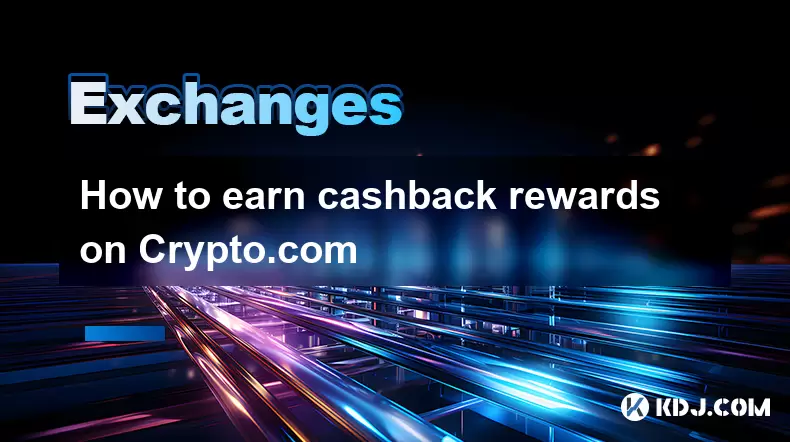
How to earn cashback rewards on Crypto.com
Aug 12,2025 at 02:08am
Understanding Cashback Rewards on Crypto.comCashback rewards on Crypto.com are a feature designed to incentivize users to spend using their Crypto.com...

How to use margin trading on Poloniex
Aug 08,2025 at 09:50am
Understanding Margin Trading on Poloniex

How to read the order book on KuCoin
Aug 10,2025 at 03:21pm
Understanding the Order Book Interface on KuCoinWhen accessing the order book on KuCoin, users are presented with a real-time display of buy and sell ...

How to read the order book on KuCoin
Aug 12,2025 at 02:28am
Understanding the Basics of Staking in CryptocurrencyStaking is a fundamental concept in the world of blockchain and cryptocurrencies, particularly wi...

How to set price alerts on Kraken
Aug 11,2025 at 08:49pm
Understanding Price Alerts on KrakenPrice alerts on Kraken are tools that allow traders to monitor specific cryptocurrency pairs for price movements. ...

How to avoid high gas fees on Uniswap
Aug 13,2025 at 11:35am
Understanding Gas Fees on UniswapGas fees on Uniswap are payments made to Ethereum miners or validators for processing transactions on the blockchain....

How to earn cashback rewards on Crypto.com
Aug 12,2025 at 02:08am
Understanding Cashback Rewards on Crypto.comCashback rewards on Crypto.com are a feature designed to incentivize users to spend using their Crypto.com...
See all articles





















































































